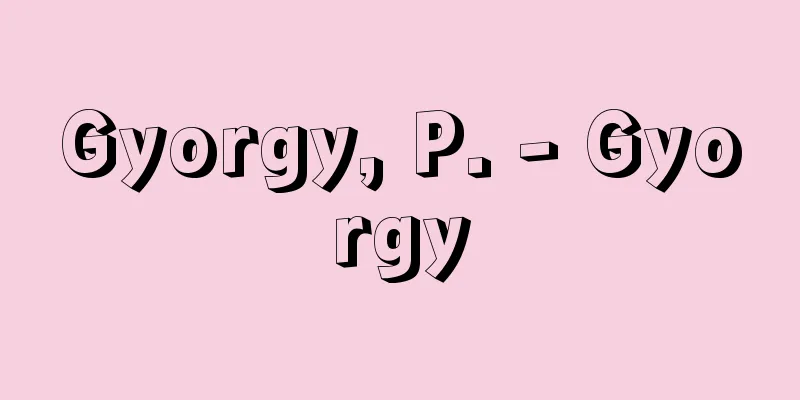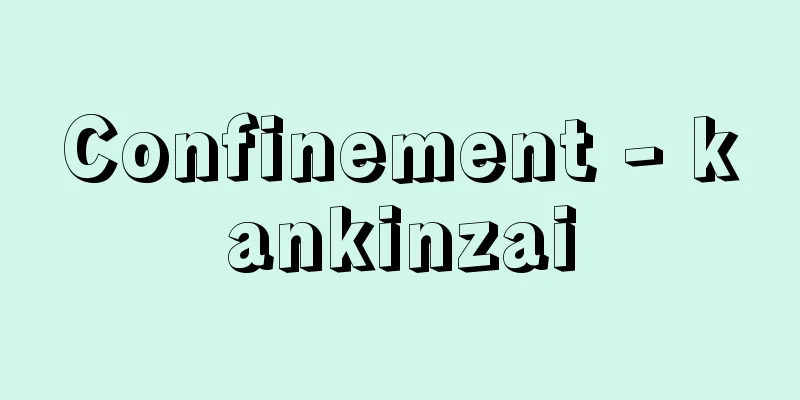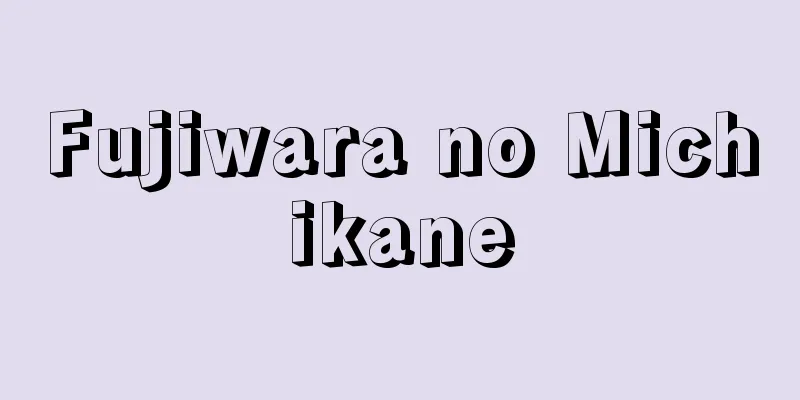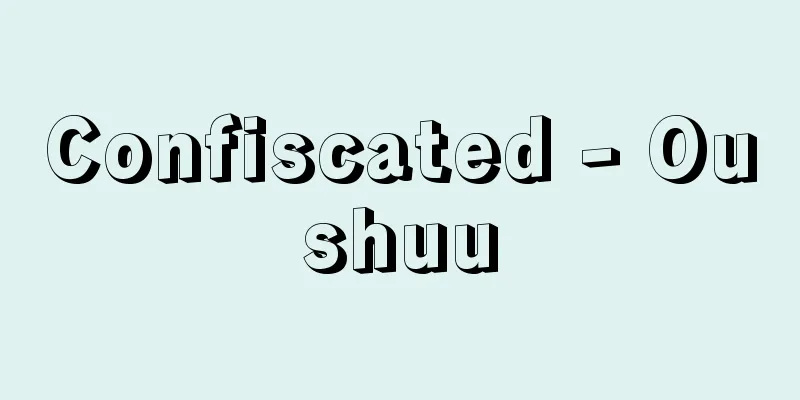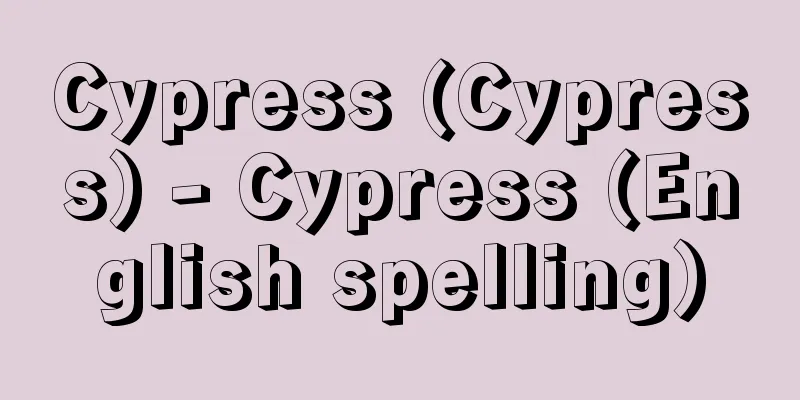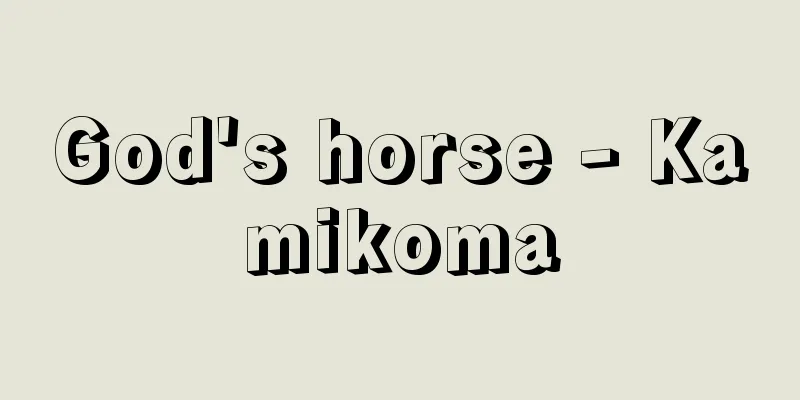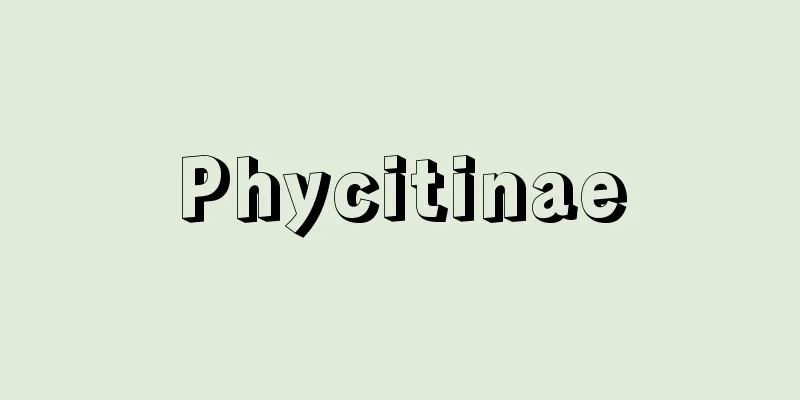Kimigayo - Kimi ga yo
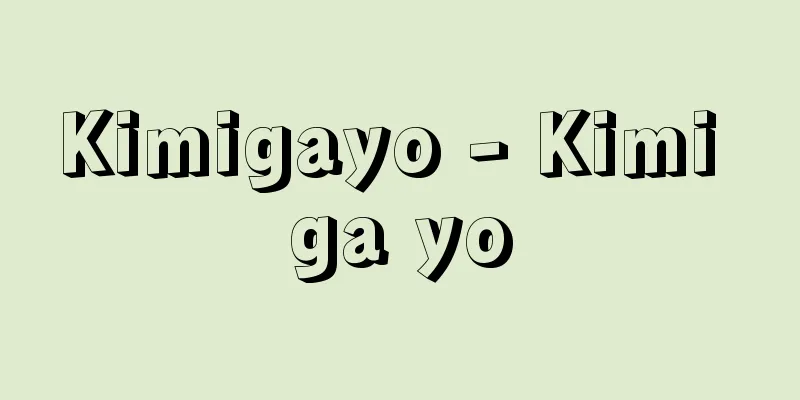
|
Japan's national anthem. The original lyrics are found in the "Kokin Wakashu" in the "Congratulations" section, "Waga Kimi wa," and in the "Wakan Roeishu" as the first line, "Kimi ga yo wa," both of which are anonymous. The same lyrics are found in folk music, such as Ryutatsubushi (early Edo period), Sokyo, Jiuta, and Nagauta (mid-Edo period and later), and are used for celebrations. In the Kokinshu period, "kimi" was widely used in the second and third person pronouns to mean master, head of the household, friend, lover, etc., and was even passed down to banquet songs such as Ryutatsubushi because this expression was easily accepted by the public. In 1869 (Meiji 2), John William Fenton (1828-year of death unknown), a British military bandmaster staying in Yokohama, explained the importance of creating a Japanese national anthem while giving a Western music class to samurai from the Satsuma domain, and Oyama Iwao selected these words from the Satsuma biwauta "Horaisan," and Fenton set them to music in F major. The Ministry of Education also set music to the same words and included them in the "Collection of Elementary School Songs," but both songs were deemed inappropriate and it was recommended that they be revised. In 1880, the Ministry of the Navy commissioned the Imperial Household Ministry's Gagaku Division to compose a national anthem, and the melody of the head musician, Hayashi Hiromori, was selected. German music teacher Franz Eckert (1852-1916) arranged it into a four-part form, and it was premiered the same year, and is still used today. In 1882, the Music Investigation Office (now the Faculty of Music at Tokyo University of the Arts) was ordered to select a national anthem, and "Meiji Ode" was nominated, but this did not come to fruition. In 1893, the Ministry of Education announced "Lyrics and Music Score for National Holidays" to elementary schools nationwide, and Hayashi Hiromori's tune was included at the beginning of the book, and it became the standard. Since the elementary school curriculum guidelines announced in 1958, it has been considered desirable to raise the national flag and sing "Kimigayo" in unison when holding ceremonies such as national holidays at schools, and since 1976, it has been further stipulated that "it is desirable to raise the national flag and sing the national anthem in unison." The "Kimi" in "Kimigayo" was established as referring to the Emperor after the Meiji era, but even though the principle of sovereignty resides in the people was established in the new constitution enacted after World War II, there were many dissenting opinions against the legalization of "Kimigayo," which can be considered a hymn to the Emperor, as the national anthem. However, the government's view was that "Kimi" refers to the Emperor, who is the symbol of the unity of the Japanese nation and people and is based on the general will of the Japanese people in whom sovereignty resides, and "Kimigayo" refers to Japan with a symbolic Emperor." On August 9, 1999, the "Law Concerning the National Flag and Anthem" (Law No. 127 of 1999; National Flag and Anthem Law) was passed at the 145th ordinary session of the Diet, and "Kimigayo" was promulgated in the Official Gazette and came into effect as Japan's national anthem on August 13 of the same year. [Sakakibara Yoshikazu September 19, 2018] [Reference item] | | |Source: Shogakukan Encyclopedia Nipponica About Encyclopedia Nipponica Information | Legend |
|
日本の国歌。歌詞の原型は『古今和歌集』賀の部に「わがきみは」、『和漢朗詠集』には「きみがよは」の初句で、いずれもよみ人知らずで登載されている。同じ歌詞が俗楽では隆達節(りゅうたつぶし)(江戸初期)、箏曲(そうきょく)、地歌(じうた)、長唄(江戸中期以後)にあり、祝賀用である。古今集時代の「きみ」は、主人、家長、友人、愛人などを意味する二人称、三人称で幅広く使われ、隆達節のような遊宴歌謡にまで伝えられたのも、この表現が国民感情に受け入れられやすかったからであろう。 1869年(明治2)横浜滞在のイギリス人軍楽隊長フェントンJohn William Fenton(1828―没年不明)が薩摩(さつま)藩士に洋楽講習中、日本国歌作成の要を説き、大山巌(おおやまいわお)は薩摩琵琶歌(びわうた)『蓬莱山(ほうらいさん)』中からこの歌詞を選び、フェントンが、ヘ長調の曲をつけた。別に文部省は、同歌詞に曲をつけ『小学唱歌集』に採録したが、2曲とも適切な曲でなく改作が建議された。1880年、海軍省から宮内省雅楽課に作曲が委嘱され、伶人長(れいじんちょう)林広守(はやしひろもり)の旋律が当選、ドイツ人音楽教師エッケルトFranz Eckert(1852―1916)が四声(しせい)体に編曲、同年初演されたものが現在に至っている。1882年音楽取調所(現、東京芸術大学音楽学部)が国歌選定を命じられ、『明治頌歌(しょうか)』が候補にあがったが実現せず、1893年に全国の小学校に文部省が告示した『祝日大祭日歌詞並楽譜』の冒頭に所載された林広守の曲が定着した。 1958年(昭和33)告示の小学校学習指導要領から、学校において国民の祝日などの儀式を行う場合、国旗を掲揚し、『君が代』を斉唱することが望ましいとされ、さらに1976年以降では「国旗を掲揚し『国歌』を斉唱させることが望ましい」と規定された。『君が代』の「君」が天皇をさすとして定着したのは明治以降であるが、第二次世界大戦後制定された新憲法では、主権在民の原則が確立されているにもかかわらず、天皇の賛歌ともいえる『君が代』を国歌として法制化することに対して異見も少なくなかった。しかし政府見解では「『君』は日本国及び日本国民統合の象徴で主権の存する日本国民の総意に基づく天皇のことを指し『君が代』は象徴天皇のいる日本のことを指す」と説明した。1999年(平成11)8月9日、「国旗及び国歌に関する法律」(平成11年法律第127号。国旗・国歌法)が第145通常国会において可決され、『君が代』は同年8月13日官報で日本の国歌として公布、施行された。 [榊原烋一 2018年9月19日] [参照項目] | | |出典 小学館 日本大百科全書(ニッポニカ)日本大百科全書(ニッポニカ)について 情報 | 凡例 |
Recommend
Five directions and five parts - Gohogobu
The military division of the provinces and capital...
Purchase option - purchase option
…Options generally refer to the right to acquire ...
Aizu Matsudaira Clan
The remaining 10 families are as follows: Iwami, ...
Eikanmono - Eikanmono
...His style was dynamic, and he possessed an unp...
Omotosho, K. - Omotosho
...The works of Okoto, who unearthed the traditio...
Nakatsu [city] - Nakatsu
A city in the northern part of Oita Prefecture. It...
Cloud chamber - Kiribako
When charged particles or short-wavelength electr...
Edo-no-bori
A common name for the envoys sent from the early ...
Salta (English spelling)
The capital of Salta Province in northwestern Arge...
Liang Tong-shu (English: Liang Tong-shu)
[Born] Yongzheng 1 (1723) [Died] 1815 A calligraph...
Ohamu (Oonamitake) - Ohamu (English spelling) black-throated diver [England]
A bird of the family Loonidae, order Loon. Length ...
pabasa
...In addition to the suffering of Jesus, the beg...
Kamigoto route - Kamigoto route
...Agriculture is thriving on Fukue Island, Ojika...
Nymphaeum (English spelling)
Latin for a sanctuary dedicated to a nymph. From t...
The Story of Antar - Sīrat 'Antar
This is the most popular long romance among the A...
